Recently, there has been a surge in data leaks from popular cloud services. Whether it’s due to phishing attack or hack, there is one common issue in all the leaks – no encryption of data.
Celebrities accounts are primary targets, but the common man is, of course, more easy targets for stealing data and identity. Cloud is evolving, and like in any new technologies, it needs some time to settle in.
Let’s face it; the cloud is the future of data storage. For now, your best bet is to encrypt the files before it reaches the cloud, meaning encrypt it in your PC before the files get synchronized to the cloud. To make this process super easy, there is an excellent cross-platform utility that I recommend, Cryptomator.
Cryptomator is specially developed to encrypt your files from cloud services such as Dropbox, Google Drive, One Drive, and other cloud storage services. The encryption is done at the local PC and then gets synchronized to the cloud, so even if the cloud data gets compromised, it’s a scrambled junk!
The best feature I like in this program is the “virtual hard drive.” While the vault containing your encrypted data resides somewhere in your cloud folder, Cryptomator provides a virtual hard drive through which you can access your files, just like working with a USB flash drive. What more, Cryptomator is available for Windows, Mac OS, Android, and iOS, as well.
Installing Cryptomator in Ubuntu, Linux Mint, elementary OS
Step 1) Launch ‘Terminal’ and enter the following command to add PPA.
sudo add-apt-repository ppa:sebastian-stenzel/cryptomator
Step 2) Perform an update.
sudo apt-get update
Step 3) Install Cryptomator:
sudo apt-get install cryptomator
Installing Cryptomator in Fedora, CentOS, and derivatives
Cryptomator is available as an RPM package, so download the .rpm binary and run the installer.
Download Cryptomator RPM Binary
Installing Cryptomator in Arch Linux, Manjaro, and derivatives
Cryptometer is available in AUR, so launch terminal and enter this command:
Arch Linux users can install it from Terminal:
sudo pacman -S cryptomator
Manjaro users need first to enable AUR, and then look for “Cryptomator” in the applications.
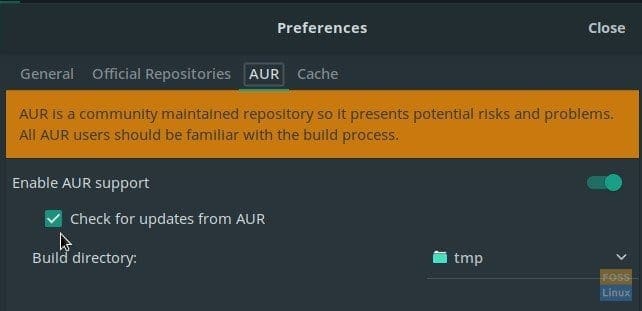
Enable AUR in Manjaro 17.1 GNOME
Using Cryptomator
Step 1) Launch Cryptomator
Step 2) Click the + button and create your first vault. This vault can be placed anywhere. It can be your local PC, network drive, or cloud services.

Creating your first vault
Step 2) Browse and create a folder where you would like to store the data. It can be in your cloud service or your PC. For example, I just used a desktop to test it out.
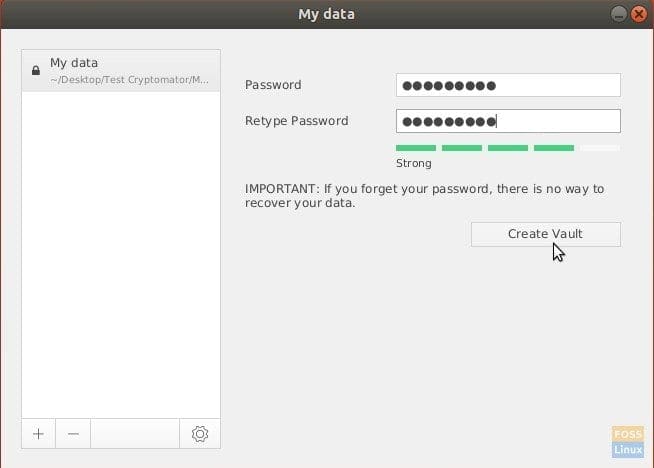
Lock the Vault
Step 3) Enter the password again to unlock the vault. A virtual drive will be created, and a new file explorer will open. Use it like any plugged USB flash drive. It will be empty, to begin with.
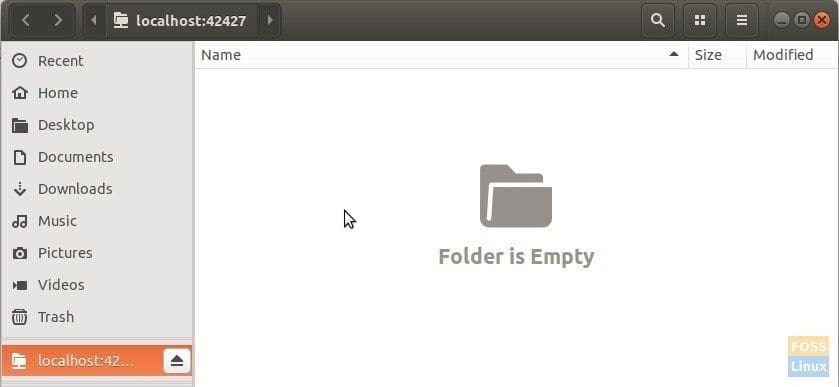
Virtual Drive will be created (Think of it like any USB flash drive!)
Step 4) You can drag & drop/copy & paste files that you want to encrypt into the virtual disk. For some reason, the files won’t show up immediately in the virtual drive even after copying is complete. I suggest to lock and unlock the vault again to see the files! It looks like a bug to me. For example, I have added two test files.
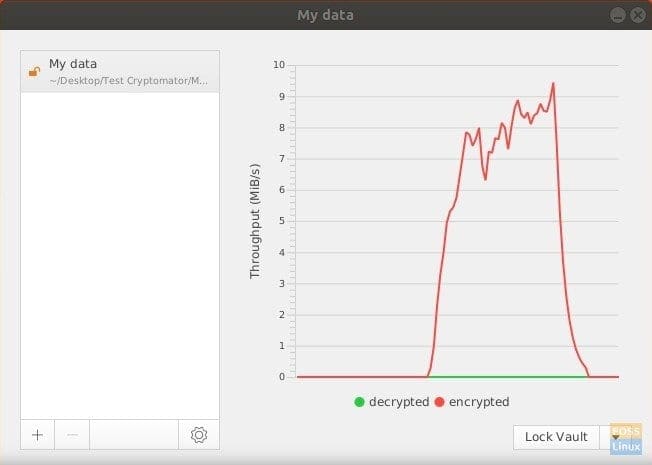
Encrypting Progress
Step 5) Browse and see the files that you copied via regular file explorer to see the encrypted data. It looks like garbage. That’s the file that gets stored in the cloud!
That’s it! Do you find it useful? Which encrypter do you use? Do let us know in the comments below. I will leave with a video showing Cryptomator usage.

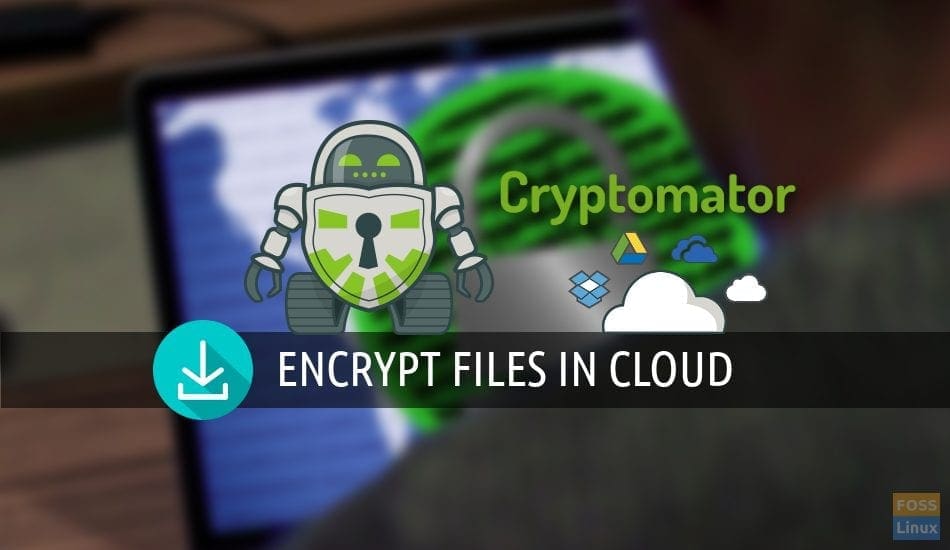
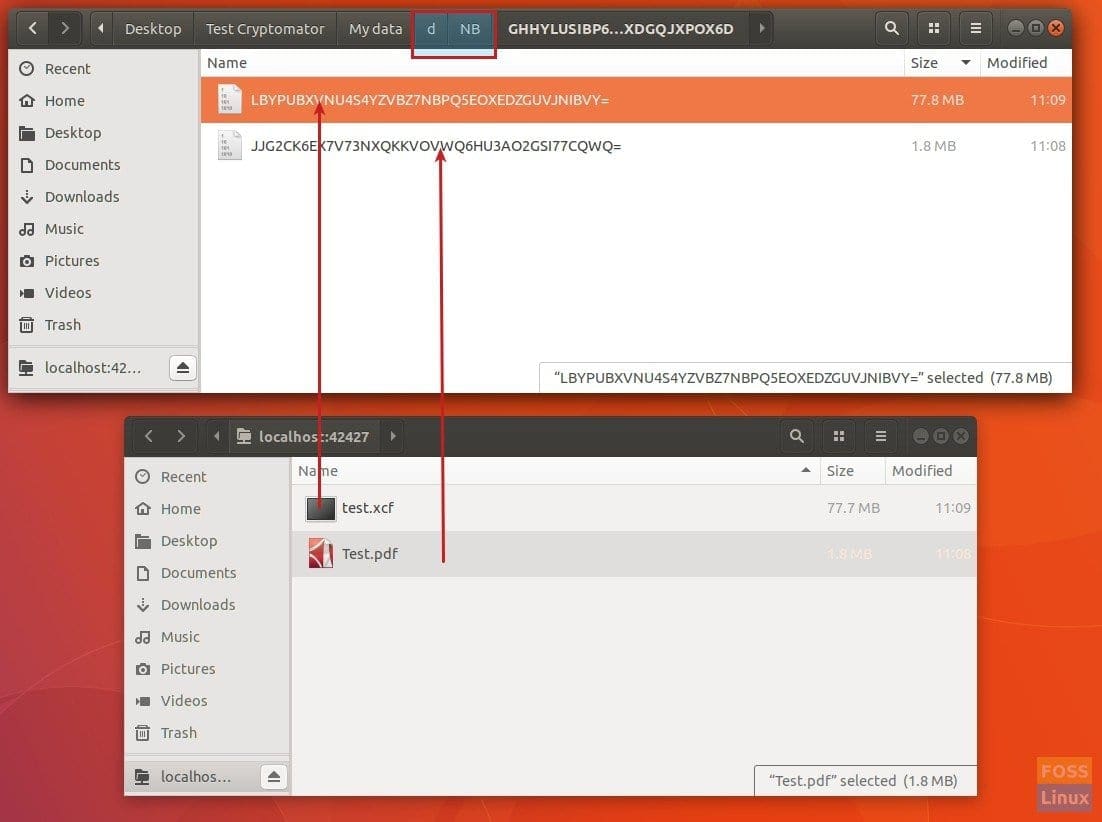
2 comments
Nice pace. Greetings from Germoney 😉
I would differ with your observation that “the cloud is the future of data storage”. The cloud is just ONE solution for data, but is by no means the only solution, or even the best solution in many cases. It’s useful for syncing files between multiple computers/devices, for having an backup of sorts (and really just for select data, not for everything you have). Use “the cloud” for the things it’s suited for, and absolutely do NOT rely on it as your only means of storage for anything (even if you don’t use your local copy as your working copy, have a local copy anyway).